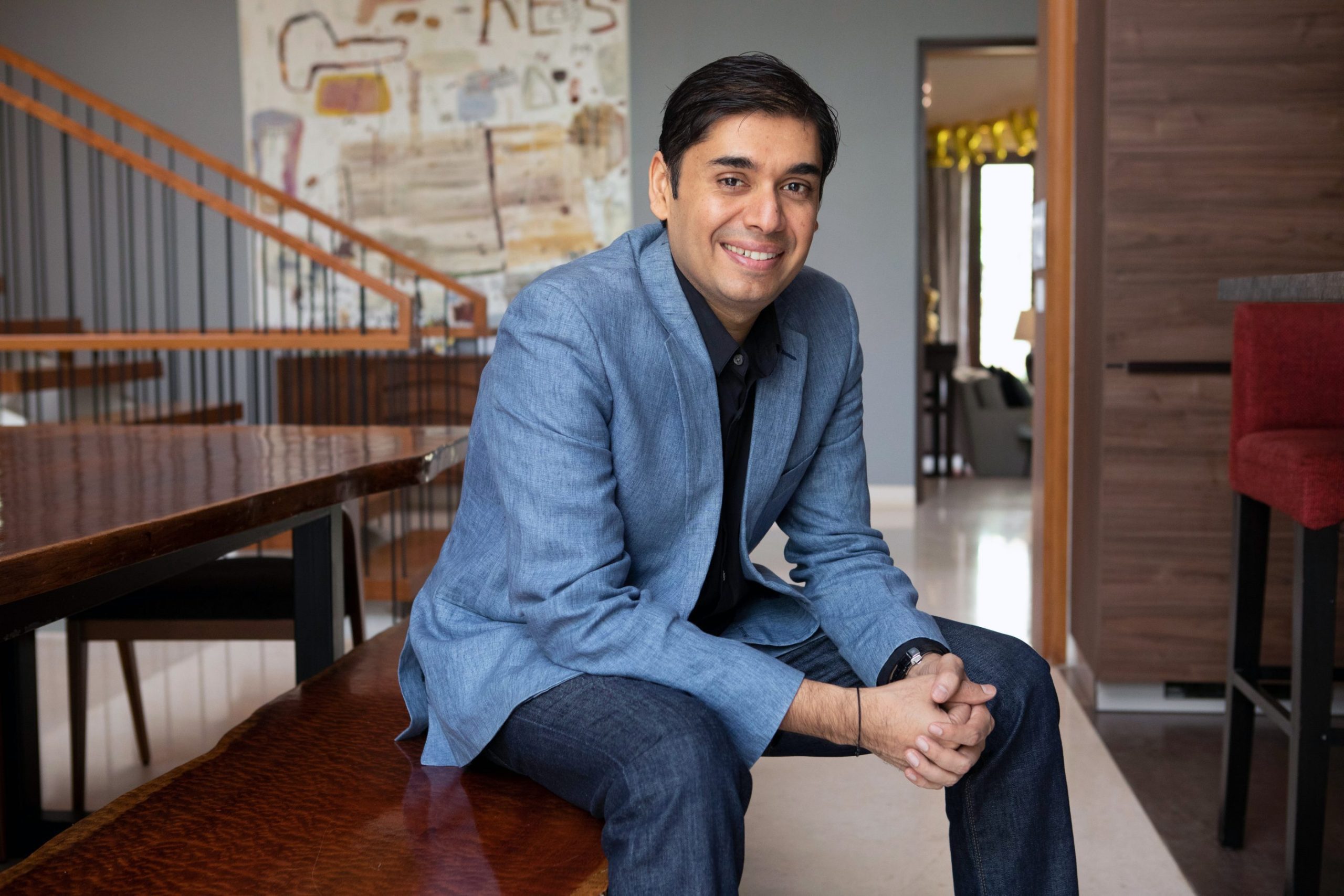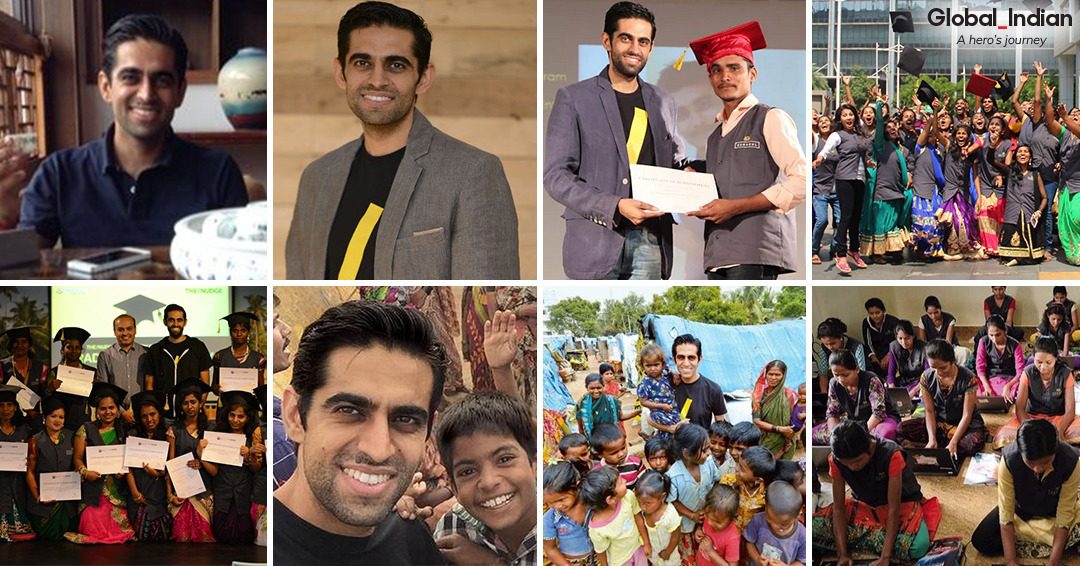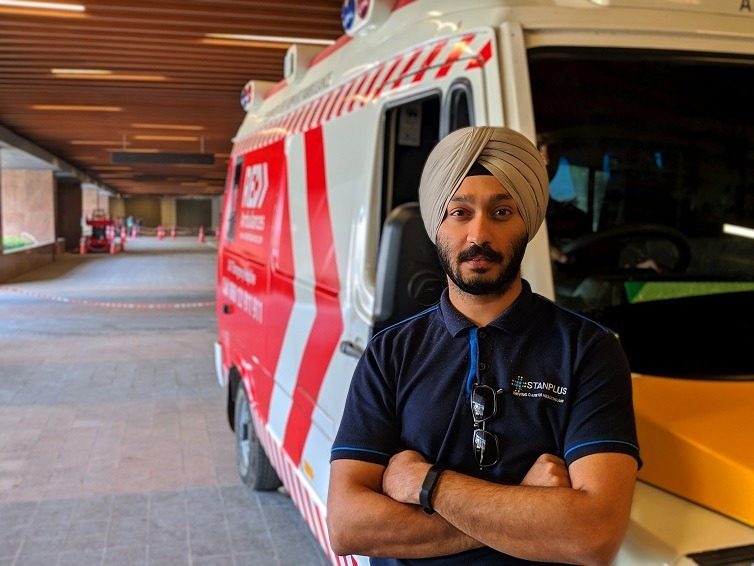(October 1, 2021) The pandemic hit several enterprises hard. Jobs were lost and revenues took a hit. But India’s digital startups space managed to surge ahead on steady steam. Investments poured in and several of them went on to become unicorns and set new records. One among them was Glance, a subsidiary of InMobi that was founded by Naveen Tewari. The entrepreneur is one of the few in the industry who manages to attract investors time and again regardless of the business he launches. Right since he launched InMobi, a mobile advertising platform, in 2007, to Glance, which he launched in 2019: both are unicorns.
That Tewari works magic in the startup space is evident from the fact that InMobi was India’s first unicorn – a startup valued at $1 billion. His business acumen and penchant for identifying areas with great opportunity have also led him to being recognized across the globe. From receiving the Future Leaders Award from Prime Minister Narendra Modi, being listed in Fortune’s 40 Under 40 list in 2015, receiving the Forbes India Leadership Award for Outstanding Start Up in 2014, to being ranked in the global 100 Most Creative People list in 2014, Tewari has come a long way since his Kanpur days.
Racing to scale may please the market. But building a superior product pre-scaling not only benefits the market, but also pleases you. Make the right choice. https://t.co/AkKJ1InBe5
— Naveen Tewari (@NaveenTewari) September 10, 2021
Back to basics
Born and brought up in Kanpur in a family of academics – his grandmother and father are former IIT-Kanpur professors, his aunt earned a doctorate from the same college – Tewari did his schooling from Kendriya Vidyalaya before graduating from IIT-Kanpur with a degree in Mechanical Engineering in 2000. It was here that he met Amit Gupta and Abhay Singhal, with whom he’d later found InMobi.
He bagged his first job with the prestigious consulting firm McKinsey where he worked for three years until 2003. He then moved to the US to do his MBA from Harvard Business School where he bagged the Dean’s Award for exceptional leadership and contribution. During his time at Harvard, he founded (and continues to chair) a US-based non-profit called India Schoolhouse Fund, which funds and sets up schools in rural India.

Naveen Tewari with Satya Nadella
On an entrepreneurial path
After he graduated from Harvard, Tewari experimented with various things: startups and venture capital, but they all came to naught. It was finally in 2007 that he set up InMobi along with Gupta, Singhal and Mohit Saxena. As the four embarked on their entrepreneurial journey in Mumbai, they shared an apartment together. Their first business mKhoj, an SMS search engine, failed miserably. But refusing to accept defeat, Tewari and the boys pivoted their business to a mobile advertising company and InMobi was born.
The adtech platform clicked, the company moved to Bengaluru and attracted investments from the likes of SoftBank, KPCB, and Sherpalo. Within three years it went on to become a unicorn – India’s first.

Naveen Tewari
Tewari’s Midas Touch
Nine years after this Global Indian launched InMobi, he was back in the game with his new venture Glance. The app uses Artificial Intelligence (AI) to create personalized content such as news, sports, entertainment, and video games in multiple languages such as English, Hindi, Tamil, and Telugu on the lock screen of Android smartphones. Launched in 2019, the app has more than 115 million active users, and the venture turned a unicorn in 2020. Speaking to Fortune about the success of Glance, Tewari said, “Glance is a splendid example of innovation solving for mobile-first and mobile-only consumption, serving content across India’s and the world’s local languages. The latest investment of $145 million from Google and Mithril Capital is a strong validation of how Glance is shaping the future of digital consumption and making digital economy accessible to all. With a scale of 115 million daily active users, who spend 25 minutes daily on the platform, Glance is clearly solving for a real need in the market, and solving it well.”
Despite the difficult pandemic year, he said that InMobi and Glance have both had a great run due to the surge in demand for mobile content. “Our B2B business has had the best year in its history, while Glance has grown from 70 million daily active users in 2019 to more than 115 million daily active users in 2020. Roposo, which is owned by Glance, became India’s leading short-video platform in June. In fact, it the first and only Indian short video app to have crossed 100 million downloads on the Google Play Store,” he said.
Given that Glance is purely AI driven, it is proof of Tewari’s knack for spotting an opportunity. With AI-led consumer internet technology catching on in this part of the world, India’s potential to become the next digital hub after the US and China is immense. In an interview with YourStory, he said that every employee across the InMobi group has an AI-first approach. “If you’re not an AI-first thinker, you will be obsolete in less than five years,” he said.
With an eye on the future and an ear to the ground, he has been founding and driving successful enterprises over the years. For someone who had leaned towards research and academics all through his early life, Tewari sure has cracked the code to launching successful businesses.




